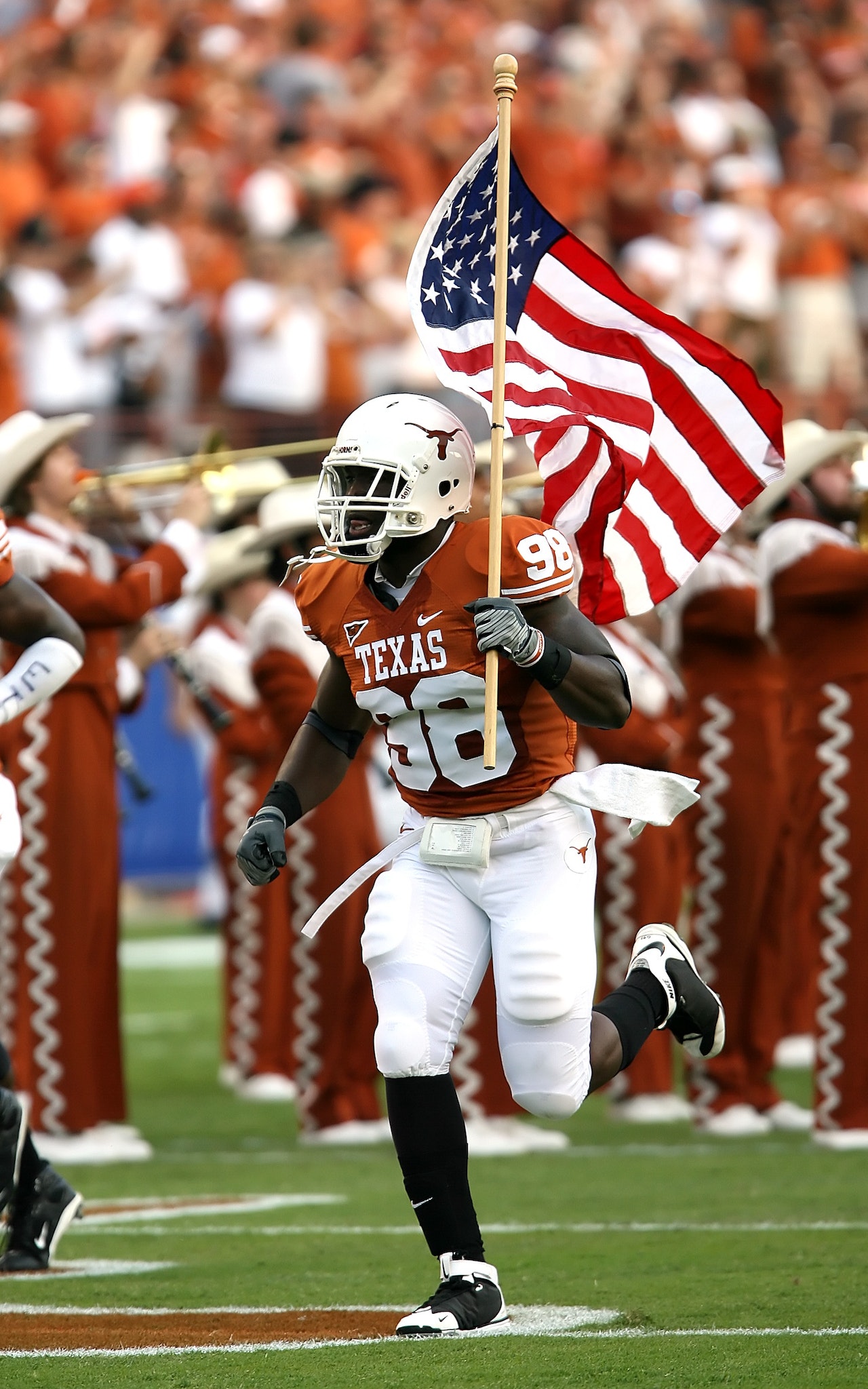Starting as a bettor in the NFL can be intimidating, especially if you’re a beginner to sports betting in general. With the NFL being the top choice for betting in America, it’s crucial to grasp the basics first. To help you understand even better, we’ll share examples of what each bet type is all about, so keep scrolling.
Point Spread
Point spread betting in the NFL can initially seem confusing, but let’s break it down simply. The point spread is a prediction of how much one team is expected to beat the other by. You’ll see it as both a positive and a negative number, like (-3) or (+3). The negative number goes to the favorite, while the positive one goes to the underdog.
But here’s the twist; both teams have the same number because it’s the expected winning margin. So, if Team A is a (-3) favorite, they need to win by more than 3 points for you to win your bet. A bet on Team B, with (+3), means they win the game or lose by just 1 or 2 points.
Nowadays, most renowned bookies like PowerPlay sportsbook add a “.5” when using this kind of bet to avoid ties. If the spread reads 3.5; the favorite must win by more than 3.5 points (4 or more) for you to win your bet.
Moneyline
Moneyline betting in the NFL is all about picking the winning team, regardless of how much they win by. If the game ends in a tie, it’s a push, and you get your money back. The payouts depend on how strong each team is perceived in the betting market. It’s not as straightforward as just betting on the better team because the payouts reflect the situation.
If a team is favored, it’ll have a minus sign followed by a number, which tells you the amount you need to bet to win $100. For example, (-400) means you’d have to bet $400 to win $100. On the other hand, the underdog will have a plus sign with a number, indicating how much you’d win on a $100 bet. So, (+400) means a $100 bet could win you $400.
Remember, these numbers can change based on the teams playing. So, while favorites are expected to win, smart bets on underdogs can lead to big profits. Usually, you can bet any amount, not just in $100 units, but the rate of return remains the same. For instance, a $50 bet at (+150) would give you $75 in profit.
Totals (Over/Under)
Over/under betting, often called “totals,” is a simple and exciting way to place bets on sports games. Instead of predicting the exact final score, you’re guessing whether the combined points, goals, or runs scored by both teams will be higher (over) or lower (under) than a specific number set by the sportsbook.
For example, let’s take two teams, Team A and Team B, where the over/under is set at 54 points. If the teams score 55 or more points together, those who bet “over” win. If they score 53 or fewer points, the “under” bettors win. If the total lands right on 54, it’s a tie, and bets are refunded.
Over/under betting isn’t limited to just the final score; you can wager on various aspects of the game, like a quarterback’s passing yards or the number of touchdowns that a team will score. But when someone mentions the over/under in an NFL game, they mostly talk about the total points scored.
The above three bets are perfect for getting started as an NFL bettor. As you gain more knowledge on the NFL, you can explore thrilling options like player props, parlays, first-half totals, and more, but as a newbie, it’s better to start with the basics first.

